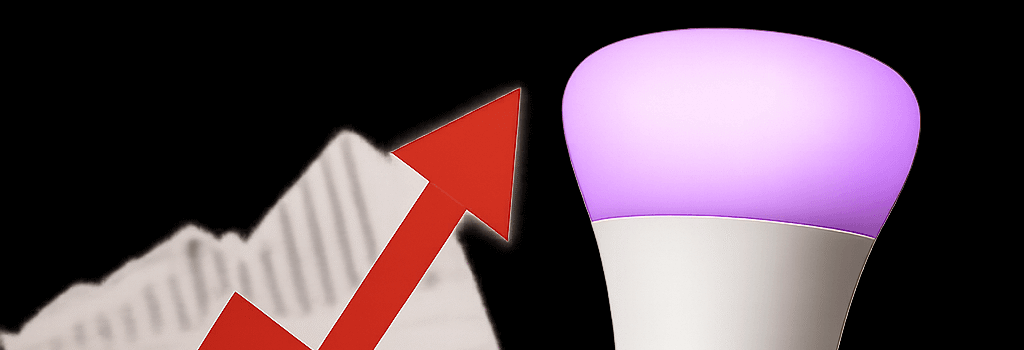Philips Hue Price Surge: Tariffs and Future Cost Drivers

Starting July 1, 2025, Philips Hue smart lighting products will see a notable price increase in the US market. Signify, Philips Hue s parent company, attributes the rise to newly imposed tariffs on Chinese imports, with the potential for further hikes as trade policies evolve. This article dives into the technical, logistical, and market factors shaping this decision, and offers expert analysis on what consumers and integrators can expect next.
Price Increases Take Effect in July
- Effective date: July 1, 2025
- Initial price bump across Hue bulbs, fixtures, and accessories
- Signify reserves right to adjust prices further based on additional tariffs
In an email to customers, Signify announced that the new tariff regime would directly impact the cost structure of its Hue portfolio. The company urged buyers to purchase ahead of the increase, echoing a trend of pre-tariff buying seen in other consumer electronics categories.
Underlying Tariffs and Trade Policies
On July 9, 2025, a 125 percent tariff rate on selected Chinese-made electronics components is scheduled to take effect under Section 301 of US trade law. The affected components include:
- Zigbee and Bluetooth radio modules
- LED driver ICs and power management units
- Printed circuit boards (PCBs) and assembly labor
“A tariff of this magnitude can more than double component costs, forcing manufacturers to pass expenses onto consumers,” says Sarah Chen, trade policy analyst at TechSupply Insights.
While the final list of affected Harmonized Tariff Schedule (HTS) codes is still subject to review, Signify has proactively adjusted US pricing to reflect the worst-case scenario.
Supply Chain and Component Cost Pressures
Beyond tariffs, Philips Hue s global supply chain faces rising costs for raw materials and logistics:
- Aluminum heat sinks: Price fluctuations driven by global demand for lightweight alloys.
- SMD LEDs: Premium high-CRI diodes used in bulbs and light strips have seen 15 percent cost growth year over year.
- Custom microcontrollers: Firmware-optimized ARM Cortex-M cores with integrated Zigbee stacks add R&D recoupment costs.
- Packaging and transport: Ocean freight surcharges and warehousing fees have surged amid port congestion.
Signify s CFO recently noted on an earnings call that unavoidable component price increases have compounded the impact of US tariffs.
Software, Cloud Services, and Future Monetization
Philips Hue has steadily expanded its software and cloud-based offerings, which could become additional revenue streams:
- Hue account requirement for out-of-home control and firmware updates
- AI assistant integration introduced at CES 2025, currently free but potentially shifting to a subscription model
- TV Sync apps for Samsung and LG displays, priced at 130 USD per device or 3 USD per month
Industry observers point out that bundling advanced features into paid tiers is a common approach to offset hardware margin pressure.
Consumer Impact and Market Competitiveness
With Philips Hue already positioned at the premium end of the smart lighting spectrum, higher prices could drive consumers toward competitors offering lower entry costs:
- Wyze Bulb Color: around 20 USD per bulb
- LIFX Z LED strip: 90 USD for 2 meters
- Nanoleaf Essentials: 40 USD for a color bulb
Comparative pricing shows that Hue s 1-to-1 euro price conversion strategy no longer holds, with products like the Hue Smart Button now 50 percent more expensive in the US than in Europe.
Expert Opinions and Future Outlook
“Signify s move is a bellwether for other smart home vendors. We expect to see similar increases from major players within 12 months,” predicts Marcus Lee, senior analyst at IoT MarketWatch.
Potential areas to watch:
- Further trade negotiations between the US and China
- Shifts in manufacturing footprints to Southeast Asia or Mexico
- Adoption rates of subscription models for advanced lighting features
For integrators and early adopters, locking in bulk purchases before July may offer short-term savings. However, long-term price stability remains uncertain as global economic and policy factors evolve.
Additional Resources
- US International Trade Commission – Tariff schedules and public notices
- Signify Official Website – Product announcements and investor relations
- IoT MarketWatch – Industry analysis and forecasts